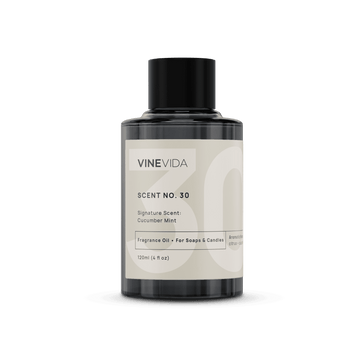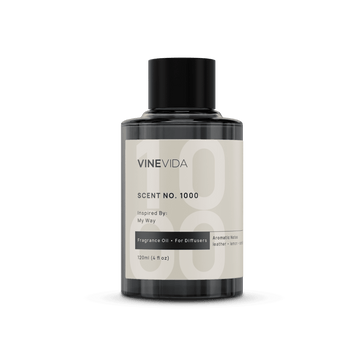Osteoporosis, Oxytocin, Olfaction…. All the OOOO’s! I’m going to add odor to the list. One of the most exciting developments in aromatic research, in my opinion, is around essential oils for osteoporosis. It might have passed me by had I not been researching olfaction. A tiny doorway left ajar on the research database PubMed had me amazed at just how much they know. If someone had asked me if there were essential oils for osteoporosis, I think I’d have said there weren’t. Macerations are made from comfrey knit bones, as does CBD oil, but I couldn’t envisage a way that essential oils could be helpful. Just shows you that no matter how long you study aromatherapy, there will always be surprises in store.
Studies show that essential oils for osteoporosis can be helpful on several levels. Some of the research is still in its infancy and is still at the rodent stage, but the stuff I find most interesting is reverse engineering done on humans. It concerns a molecule called oxytocin.
Introducing Oxytocin
Oxytocin is usually called the Love Molecule because of its part in maternal bonding orgasm. However, oxytocin also plays a role in protecting bone density. Studies show that when oxytocin levels improve, so does bone density. The same team proved that inhaling essential oils can enhance those levels.
In 2014, it was proven that oxytocin relies on two hormones, estrogen, and leptin, to sustain it (Breuil, 2014). This is supported by the fact that women are at a higher risk of developing osteoporosis after their estrogen fades when they go through menopause. In addition, it is now understood that there is a rich supply of oxytocin receptors throughout bone tissues (Breuil, 2021). That said, oxytocin receptors are far more widespread throughout the body than just in the skeleton, so positively influencing them could theoretically also affect many age-related disorders affecting older women, such as cognitive disorders, cardiovascular diseases, breast cancer, diabetes and body fat gain (Breuil, 2021).
Until recently, there were no known biomarkers that could help to diagnose osteoporosis through blood tests. But then, in 2021, a Chinese team identified that women with osteoporosis have low oxytocin levels in their blood serum (Du, 2017). Interestingly, we know that oxytocin works slightly differently on bones depending on your sex. It positively affects fat issues in both sexes but only helps bone density in women (Beranger, 2015). A rodent study in 2020 pointed to the fact that oxytocin supplementation may have an anti-osteoporotic effect. (Moghazy, 2020)
A 2020 article published in the Journal of Alternative and Complementary Medicine showed that serum oxytocin levels improved when post-menopausal women inhaled certain essential oils for several days (Tarumi, 2020). The oils that achieved this were lavender, neroli, jasmine absolute, roman chamomile, clary sage, and Indian sandalwood.
Interestingly, rose otto was used in the study, but its effects were not seen as significant, which is the opposite of what I would have expected. That said, an earlier experiment done by some of the same team members showed that rose otto and geranium essential oils positively affected salivary levels of estrogen. (Shinohora, 2017)
Also Read: Best Essential Oils for Muscle Pain
Bone Resorption

As bone ages, it breaks down to create minerals for new bone formation. This is called resorption. Osteoclasts degrade bone cells and are what can ultimately lead to tumor formation.
We don’t like osteoclasts.
In 2006, it was demonstrated that a whole group of essential oil constituents work to prevent osteoclasts.
Monoterpenes….
Time to reprogram your learning. When I write those irritating safety notes after every oil, I say I do not use oils with high levels of monoterpenes which degrade quickly and can cause skin sensitization… (mainly on citrus listings…)
Rather than skipping that, train your brain to say, “so that would be good for bones….”
Now, it has a two-level action.
High levels of monoterpenes stop osteoclasts from activating, but even at low concentrations, monoterpenes prevent them from forming.
In another trial, it was proven that menthol prevents the whole process of bone resorption, although how it does that is still not understood. (Spichiger, 2006)
To be clear…these trials are rat cells in a petri dish, though…so there is still a long way to go with this one. (Dolder, 2006)
Also Read: Best Essential Oils for Back Pain.
CB2 Receptor
More recent discoveries have shown that cannabinoid receptor 2 protects against inflammatory bone destruction and has a protective action, especially for rheumatoid arthritis. (Zhu, 2019). The constituent beta-caryophyllene has a mild binding affinity to the CB2 receptor. Copaiba, Black pepper, and ylang-ylang essential oils have excellent supplies of this constituent.
How To Use Essential Oils For Osteoporosis
Any of the above essential oils could be used topically, but the best way to experiment would be through inhalation.
Add one or two drops to a tissue, or better still, add them to an aroma pendant or sniffy stick and breathe the oil in for fifteen minutes daily.
Choose oils that you enjoy the smell of and drift off on a relaxing journey of imagination and calm.
Also Read: Best Essential Oils For Inflammation.
Conclusion
The research into essential oils for osteoporosis is still very much in its infancy. FDA guidelines forbid us from saying essential oils can treat or cure anything. However, if I was diagnosed, the first thing I would do to support the doctor’s medicine is to get calm and firm by inhaling Jasmine and sandalwood. These also positively affect mood and libido.
Also Read: Best Essential Oils for Bruises.














